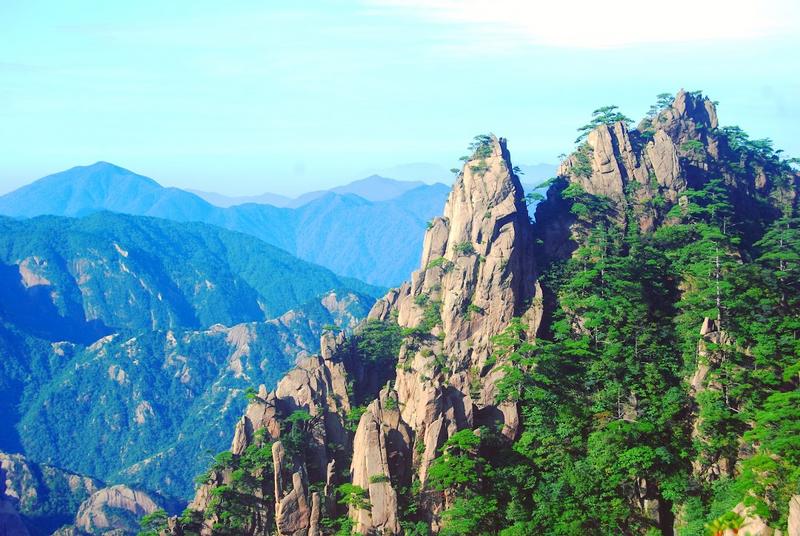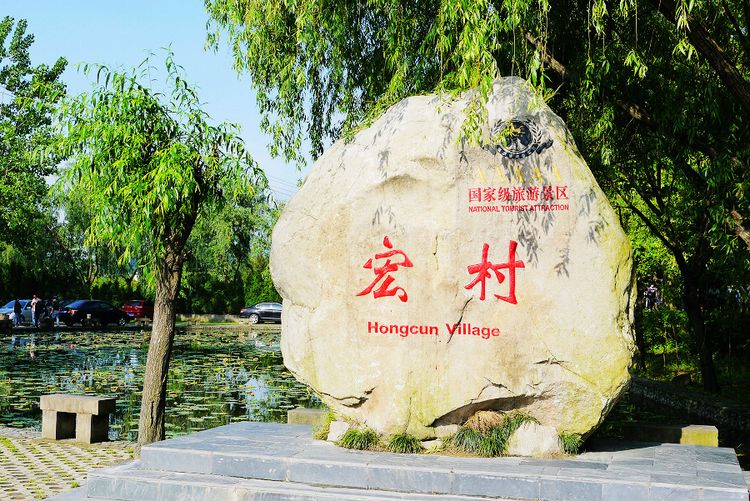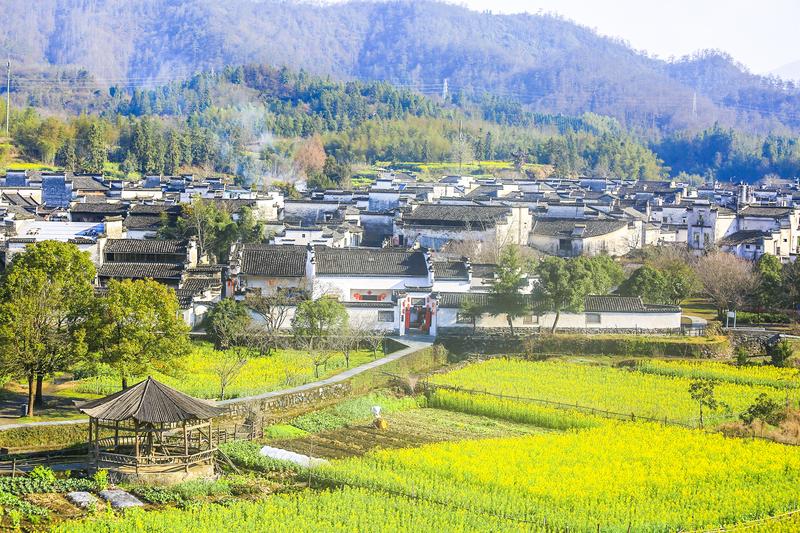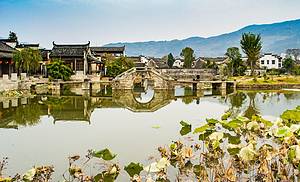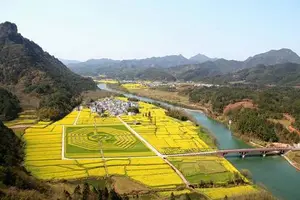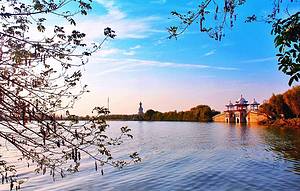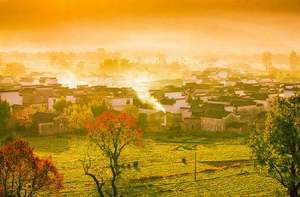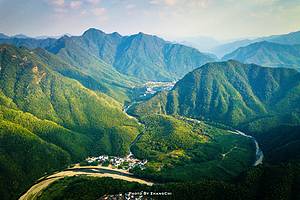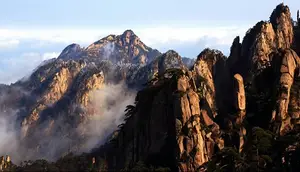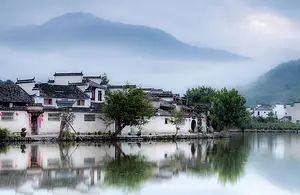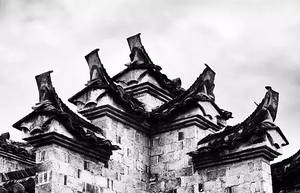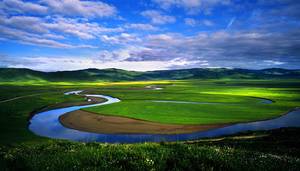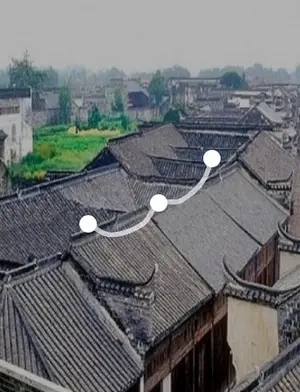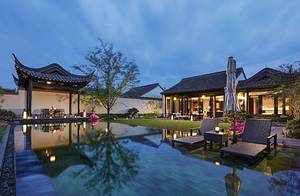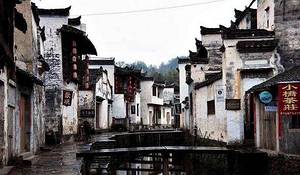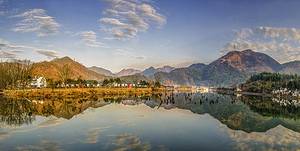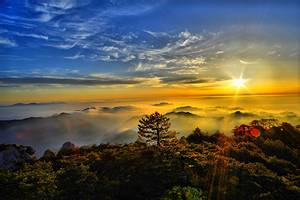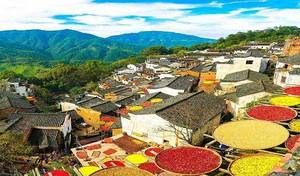5 days in-depth tour around Wuhu
1 cities |
4 attraction(s) |
total distance 97
km
 TIPS
TIPS
Day1
Day2
Day3
Day4
Day5
Day1: Huangshan
1 attraction(s) ·
0 km
1
Huangshan is known as the "Number One Odd Mountain in the World" and is famous for its four wonders: the Odd Pine, Strange Rock, Sea of Clouds, and Hot Springs. It is regarded as the crown of China's famous mountains. Additionally, the rime, snow scenery, and sunrise in the scenic area are also must-see attractions for tourists. The Book of Songs once praised it as "Not seeing mountains when returning from Yueyang, not seeing Yueyang when returning from Huangshan." The Huangshan scenic area is divided into two main parts: the front mountain and the back mountain. The front mountain is the area from Ciguang Pavilion to Guangmingding, including hot springs, Yupinglou, and Tianhai scenic area, with numerous attractions such as Yingke Pine, Half-Mountain Temple, Yupinglou, Yixiantian, and Aoyu Peak. The back mountain is the area from Yungu Temple to Guangmingding, including Beihai and Xihai scenic areas, with main attractions such as Shixin Peak, Paiyun Pavilion, Xihai Grand Canyon, Feilai Stone, and Songgu An. Among these beautiful sights, the Three Oddities and Five Wonders are what make people unforgettable. Most visitors will choose to enter from the South Gate, which has entrances to both the front and back mountains and is close to Tangkou Town at the foot of the mountain.
Day2: Huangshan
1 attraction(s) ·
0 km
1
Huangshan is known as the "Number One Odd Mountain in the World" and is famous for its four wonders: the Odd Pine, Strange Rock, Sea of Clouds, and Hot Springs. It is regarded as the crown of China's famous mountains. Additionally, the rime, snow scenery, and sunrise in the scenic area are also must-see attractions for tourists. The Book of Songs once praised it as "Not seeing mountains when returning from Yueyang, not seeing Yueyang when returning from Huangshan." The Huangshan scenic area is divided into two main parts: the front mountain and the back mountain. The front mountain is the area from Ciguang Pavilion to Guangmingding, including hot springs, Yupinglou, and Tianhai scenic area, with numerous attractions such as Yingke Pine, Half-Mountain Temple, Yupinglou, Yixiantian, and Aoyu Peak. The back mountain is the area from Yungu Temple to Guangmingding, including Beihai and Xihai scenic areas, with main attractions such as Shixin Peak, Paiyun Pavilion, Xihai Grand Canyon, Feilai Stone, and Songgu An. Among these beautiful sights, the Three Oddities and Five Wonders are what make people unforgettable. Most visitors will choose to enter from the South Gate, which has entrances to both the front and back mountains and is close to Tangkou Town at the foot of the mountain.
Day3: Huangshan
2 attraction(s) ·
21 km
2
Hongcun is the most representative village of Huizhou architectural style, known as the "village in the painting of China." The famous movie "Crouching Tiger, Hidden Dragon" was filmed here, and the Nanhu Bridge is particularly well-known internationally. The entire village has a unique shape like a bull, with three classical landscapes - Shuizhen, Nanhu, and Yuezhao. Here, you can feel the tranquility of sketching and painting, stroll through alleys taking photos, or simply sit quietly by Nanhu and enjoy the beautiful scenery of willows as if you were in a painting.
Day4: Huangshan
2 attraction(s) ·
12 km
1
Hongcun is the most representative village of Huizhou architectural style, known as the "village in the painting of China." The famous movie "Crouching Tiger, Hidden Dragon" was filmed here, and the Nanhu Bridge is particularly well-known internationally. The entire village has a unique shape like a bull, with three classical landscapes - Shuizhen, Nanhu, and Yuezhao. Here, you can feel the tranquility of sketching and painting, stroll through alleys taking photos, or simply sit quietly by Nanhu and enjoy the beautiful scenery of willows as if you were in a painting.
12
km
2
Xidi Village has a history of nearly a thousand years. In 2000, it was listed as a world cultural heritage site and is known as "the most beautiful village in the world" and "a treasure trove of ancient residential architecture." Here, there are hundreds of well-preserved Ming and Qing Dynasty ancient houses, with buildings and roads paved with marble. Two clear springs run through the village, and 99 high walls and deep alleys form a maze-like structure. The Qing stone archway is the most famous landmark in the village, built in 1578, and is a symbol of the prominent status of the Hu family. It is exquisitely crafted and majestic in appearance. In addition, Lufu Hall and Daifu Mansion are both classic buildings in Xidi, with the latter now used as a venue for folk activities such as "throwing embroidered balls" by ladies in ancient costumes on high buildings. Every year from March to April, when the rapeseed flowers bloom, visitors to Xidi Village can enjoy the stunning scenery of white walls and black tiles set amongst the blossoming flowers.
Day5: Huangshan
3 attraction(s) ·
32 km
2
Hongcun is the most representative village of Huizhou architectural style, known as the "village in the painting of China." The famous movie "Crouching Tiger, Hidden Dragon" was filmed here, and the Nanhu Bridge is particularly well-known internationally. The entire village has a unique shape like a bull, with three classical landscapes - Shuizhen, Nanhu, and Yuezhao. Here, you can feel the tranquility of sketching and painting, stroll through alleys taking photos, or simply sit quietly by Nanhu and enjoy the beautiful scenery of willows as if you were in a painting.
12
km
3
Xidi Village has a history of nearly a thousand years. In 2000, it was listed as a world cultural heritage site and is known as "the most beautiful village in the world" and "a treasure trove of ancient residential architecture." Here, there are hundreds of well-preserved Ming and Qing Dynasty ancient houses, with buildings and roads paved with marble. Two clear springs run through the village, and 99 high walls and deep alleys form a maze-like structure. The Qing stone archway is the most famous landmark in the village, built in 1578, and is a symbol of the prominent status of the Hu family. It is exquisitely crafted and majestic in appearance. In addition, Lufu Hall and Daifu Mansion are both classic buildings in Xidi, with the latter now used as a venue for folk activities such as "throwing embroidered balls" by ladies in ancient costumes on high buildings. Every year from March to April, when the rapeseed flowers bloom, visitors to Xidi Village can enjoy the stunning scenery of white walls and black tiles set amongst the blossoming flowers.

